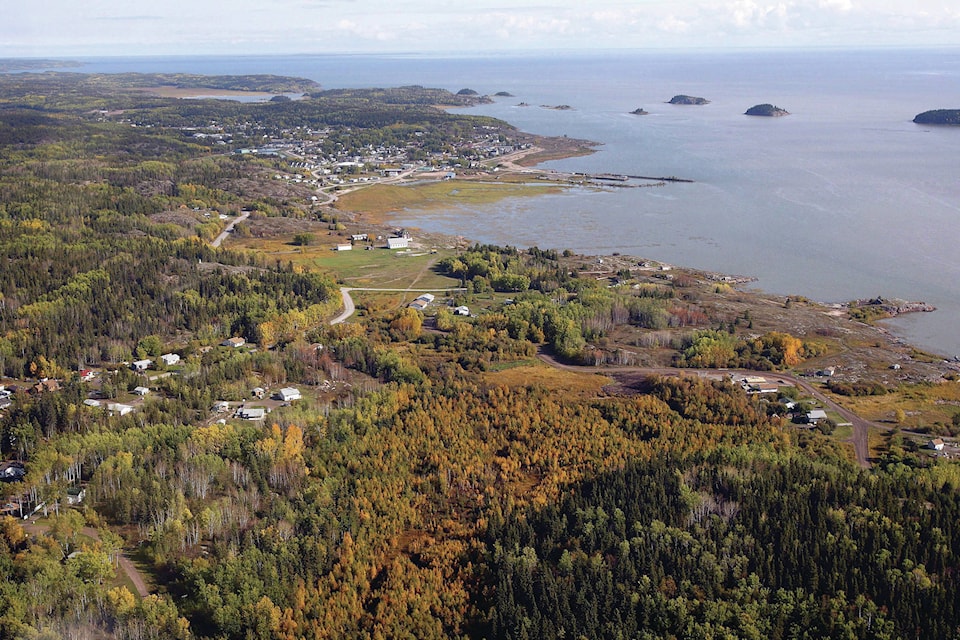EDMONTON — A northern Alberta First Nation says a new wildland park will go a long way toward ensuring Indigenous people can keep up their traditional pursuits.
“This is a strong environmental, ecological protection,” Melody Lepine of the Mikisew Cree First Nation said Tuesday. “It’s really watershed focused.”
Kitaskino Nuwenëné Wildland Park is a 1,600-square-kilometre area that links and expands two previously announced parks buffering Wood Buffalo National Park.
The park was made possible when three energy companies — Cenovus, Imperial Oil and Teck Resources — returned a total of seven oilsands leases to the Alberta government. A fourth company, Value Creation, agreed to sell its 376-square kilometre lease back, said Lepine.
She said the new park will also start to answer concerns a United Nations body has expressed about Wood Buffalo National Park.
Both UNESCO and a federal government report have concluded that Wood Buffalo’s environmental values are deteriorating. A buffer zone around the park was one of UNESCO’s 17 recommendations to turn that around.
Lepine said the new park will protect tributaries flowing into Wood Buffalo’s Peace-Athabasca Delta, one of the world’s largest freshwater deltas and home to millions of migratory birds.
“Is this the entire buffering zone? No. But it is a right step in the direction of creating a full buffer zone.”
Lepine said the new park will enable the Mikisew Cree to continue traditional trapping, gathering and hunting one of its bison herds.
The Alberta Wilderness Association pointed out woodland caribou herds and migratory birds will also benefit.
“(The association) urges implementation of a ‘Phase 2’ process to add additional lands to the park and further connect and protect important wood bison, woodland caribou and migratory bird habitat,” it said in a release.
The entire park will be open for non-motorized use, including horseback riding. Fishing and hunting will be allowed.
Off-highway vehicles and snowmobiles will be permitted, but no new trails will be developed.
It will be closed to forestry and new energy development, although existing wells can keep operating.
